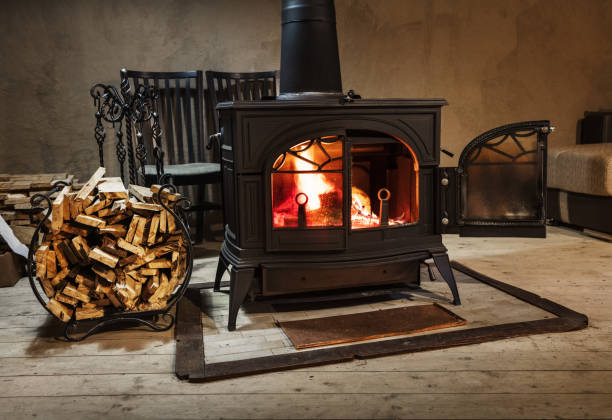Dangers of indoor pollution and ways to reduce them

Pollution is often associated with crowded spaces, gases emitted by means of transport or industrialised areas. However, the places where we spend the most time can be even more polluted.
According to information shared by National Geographic, the interior of homes is exposed to toxins that can cause various health problems such as cancer, respiratory and cardiovascular diseases, and chronic inflammation.
Pulmonologist Nicholas Nassikas co-authored a report on indoor pollution published in March 2024 by the American Thoracic Society, which examines the ways in which this pollution seeps outdoors, causing health and environmental problems.
The doctor also commented that according to research, this type of toxins found in indoor spaces are related to premature death.
(Of interest: 'Uber bus' causes a sensation in Brazil: this is how it works ).
Gas stoves, candles, firewood and other household items are some of the main sources of indoor air quality problems. A lesser-known culprit is ultrasonic humidifiers, which, although they reduce energy consumption, can be harmful to health.

A wood-burning oven is a major cause of health problems due to the toxins it produces. Photo: iStock
When using humidifiers, it is recommended to use only distilled or reverse osmosis water. Andrea Dietrich, an environmental and water engineer at Virginia Tech in Blacksburg, has done extensive research on this topic and suggested being careful with tap water, because although it is safe to drink, it contains neurotoxins that can cause health damage if inhaled.
"We looked at the amount we would be exposed to if we were to drink water or breathe air from a humidifier for eight hours a day," Dietrich was quoted as saying by the outlet. "Not only are you inhaling more of it, but the risks are greater because it's more toxic when inhaled," she added.
Other studies Research into routine exposures to humidifiers, also conducted by Dietrich, found that these items can cause unsafe levels of the metal manganese in the brains and lungs of children when used in small, poorly ventilated rooms.
William Nazaroff, an environmental engineering expert at the University of California, Berkeley, said that even cooking can be a risk factor for inhaling pollutants. Even an electric stove is not a safe option. "If you're making lasagna, you're generating a lot of particles because of the high temperature and the percolating action, and they're not trapped in the oven box," he said, referring to the fact that particles expand and heat up. or the air even hours after cooking.

When cooking, it is recommended to use extractors and open windows. Photo: iStock
Take these seven steps to help keep the air you breathe inside your home cleaner:
- When cooking, turn on the extractor hood.
- If you can, open a nearby window to increase air intake.
- If you use ultrasonic humidifiers, do not use tap water.
- When cleaning your humidifier, never use chemicals. Clean it with water only.
- Perform regular maintenance on your oven or stove.
- If you can afford it, purchase a stand-alone air purifier.
- Use electric appliances instead of gas.
eltiempo






